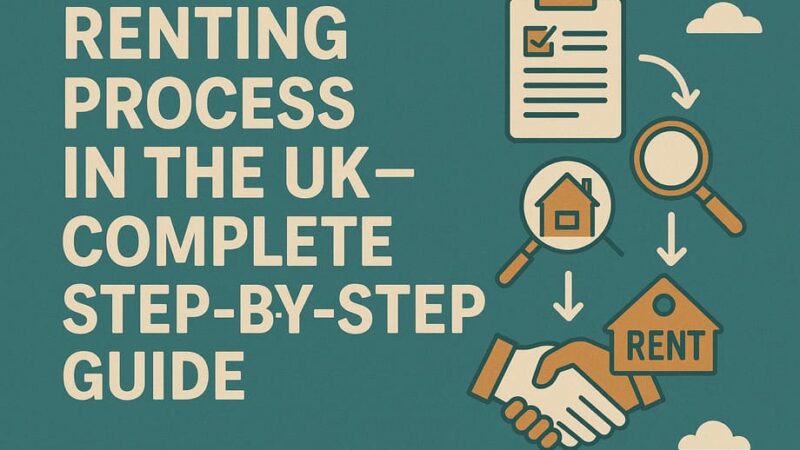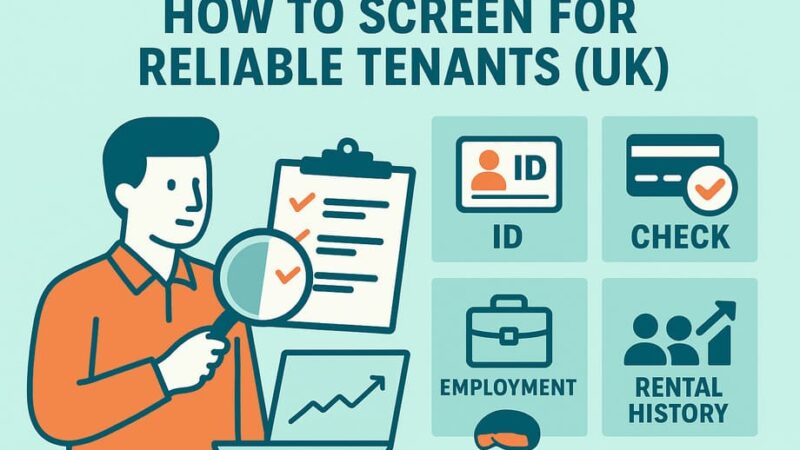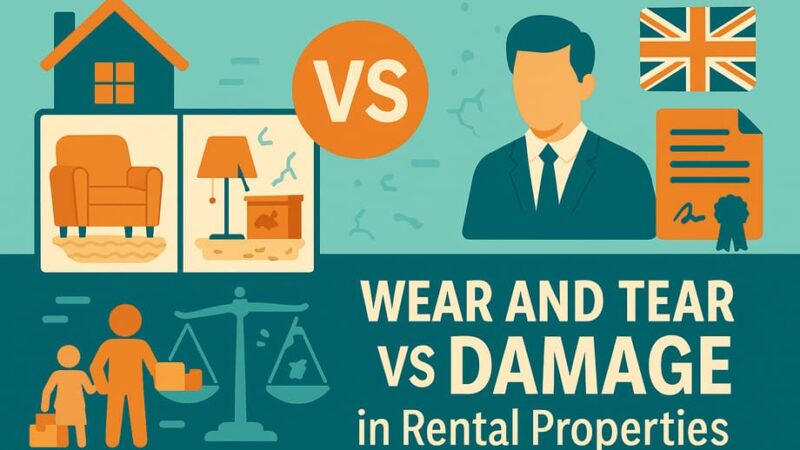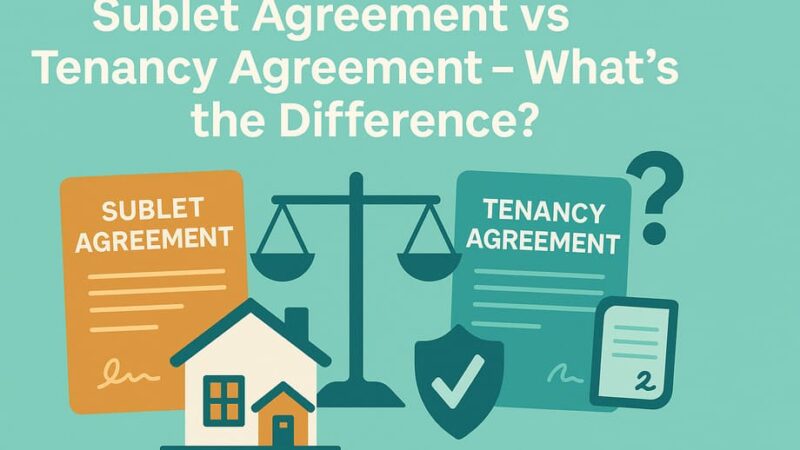What Tenants Should Check in a Property Inventory Before Moving In
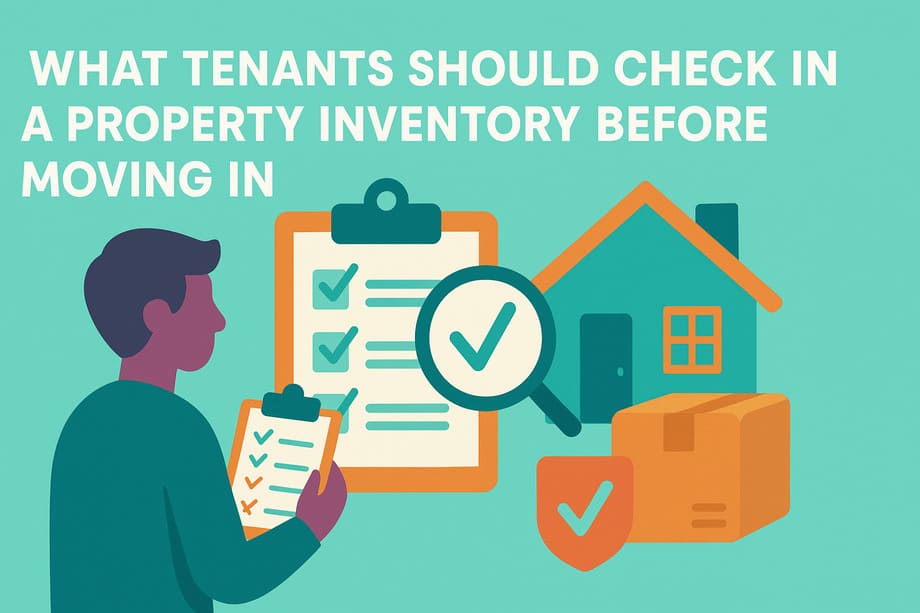
When moving into a new rental property in the UK, one of the most important steps you’ll face is the property inventory check-in. A property inventory is a detailed record of the home’s condition and contents at the start of your tenancy. While landlords often use it to protect themselves, it’s equally vital for tenants.
If you don’t pay attention to the inventory, you could risk losing part of your deposit at the end of the tenancy. In this guide, we’ll show you exactly what to check in a property inventory before moving in – and how to protect your rights as a tenant.
Tip: Always ask for a written inventory and review it carefully. To make the process easier, you can also use our free property inventory template to double-check what your landlord provides.
Why Property Inventories Matter for Tenants
For tenants, an inventory provides:
- Proof of condition → avoids being blamed for pre-existing damage.
- Fair treatment → ensures you only pay for actual damage, not wear and tear.
- Deposit protection → strong evidence in disputes with landlords.
- Transparency → builds trust between tenant and landlord.
Without a proper inventory, tenants often lose out in disputes handled by tenancy deposit schemes.
What Tenants Should Check in a Property Inventory
Here’s a step-by-step checklist of what you need to look for during the move-in process:
1. General Condition of the Property
- Walls, ceilings, and paintwork for cracks, stains, or marks
- Floors, carpets, tiles, or wooden surfaces for damage or wear
- Windows, locks, and blinds for proper function and condition
2. Furniture and Furnishings
- Sofas, chairs, and beds → check for stains, tears, or broken parts
- Tables, wardrobes, and cabinets → ensure they’re sturdy and undamaged
- Curtains, cushions, and other soft furnishings → note any signs of wear
3. Appliances and Utilities
- Kitchen appliances (fridge, oven, washing machine) → test they work
- Boiler and heating system → confirm they’re functional
- Smoke alarms and carbon monoxide detectors → test batteries
- Meter readings for gas, water, and electricity
4. Bathrooms
- Check taps, showers, and toilets for leaks or damage
- Look at tiles, grout, and sealant for mould or cracks
- Confirm extractor fans are working
5. Outside Areas
- Garden, fences, or patio → note condition at move-in
- Garages, sheds, or parking areas → check access and security
6. Cleanliness
- Ensure the property is clean before you move in.
- Take photos if carpets, ovens, or bathrooms aren’t up to standard.
Practical Tips for Tenants During Inventory
- Always be present → Walk through with your landlord or agent.
- Take your own photos and videos → Keep them as backup evidence.
- Check small details → Lightbulbs, keys, handles, and sockets.
- Ask for corrections → If something is missing or incorrect, request an update before signing.
- Keep a signed copy → Make sure both you and your landlord keep identical, signed versions.
Common Mistakes Tenants Should Avoid
- Signing the inventory without reviewing carefully.
- Forgetting to check behind furniture or inside cupboards.
- Not noting meter readings.
- Failing to keep your own photographic evidence.
- Assuming the landlord will fix problems later without documenting them first.
Final Thoughts
A property inventory isn’t just for landlords, it’s one of the best protections tenants have against unfair deposit deductions. By reviewing every detail carefully, taking your own photos, and keeping a signed copy, you’ll be in a much stronger position at the end of your tenancy.
FAQs
Do I have to sign the inventory?
Yes, but only after you’ve reviewed it carefully. Signing means you agree with its contents.
What if I disagree with the inventory?
Ask your landlord to make corrections, and provide photos as evidence. Don’t sign until you’re satisfied.
Can I add my own notes?
Yes. Tenants can add comments before signing to highlight any disagreements or issues.
What happens if there is no inventory?
It becomes much harder to challenge deductions from your deposit, so always request one.
Do I have to sign the inventory?
Yes, but only after you’ve reviewed it carefully. Signing means you agree with its contents.
What if I disagree with the inventory?
Ask your landlord to make corrections, and provide photos as evidence. Don’t sign until you’re satisfied.
Can I add my own notes?
Yes. Tenants can add comments before signing to highlight any disagreements or issues.
What happens if there is no inventory?
It becomes much harder to challenge deductions from your deposit, so always request one.
How-To
How tenants should review a property inventory before moving in:
Arrange to attend the inventory check with the landlord/agent.
Walk through each room, checking condition of walls, floors, and furniture.
Test appliances, heating, and safety devices.
Take photos and videos for your own records.
Ensure meter readings are included.
Request corrections for anything missing or inaccurate.
Sign only once you’re satisfied and keep a copy.
Last Updated on September 9, 2025 by James Cartwright



